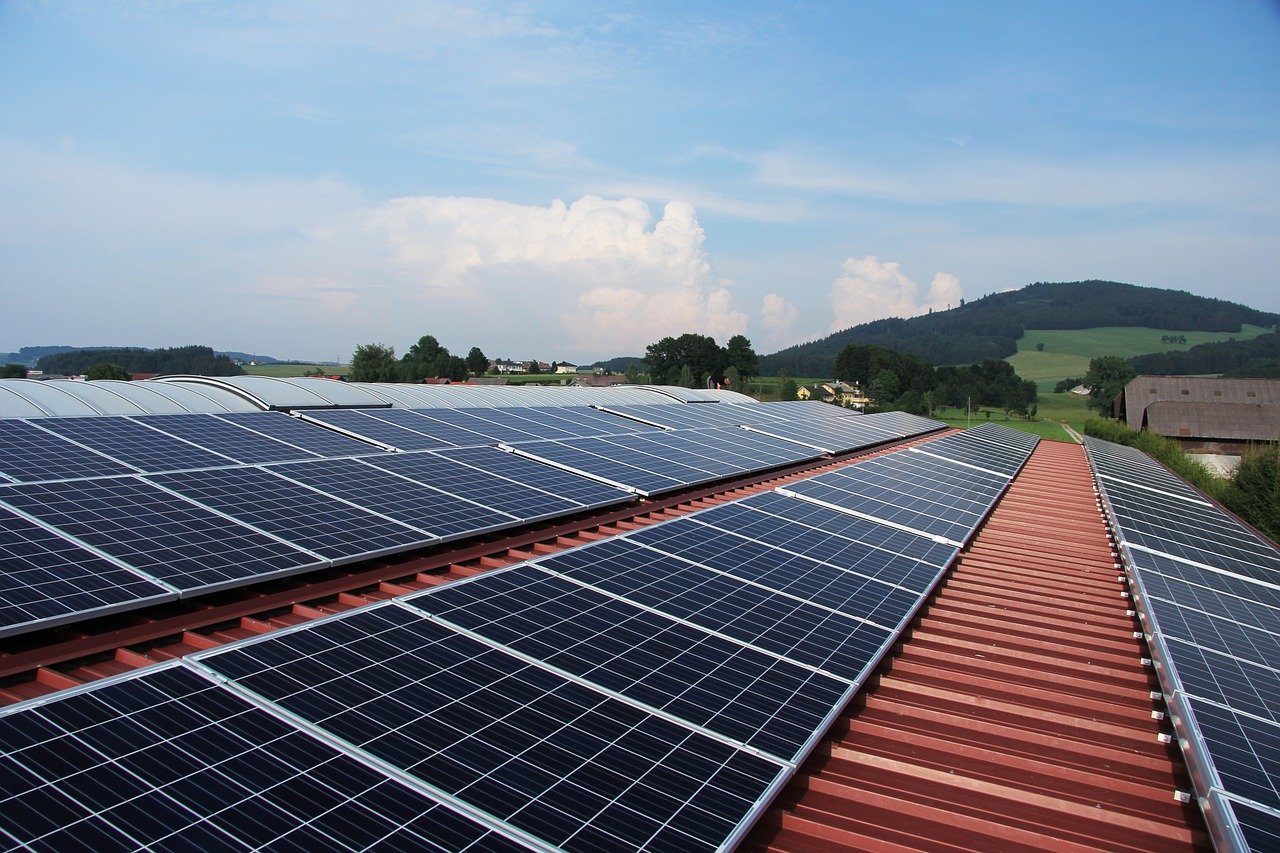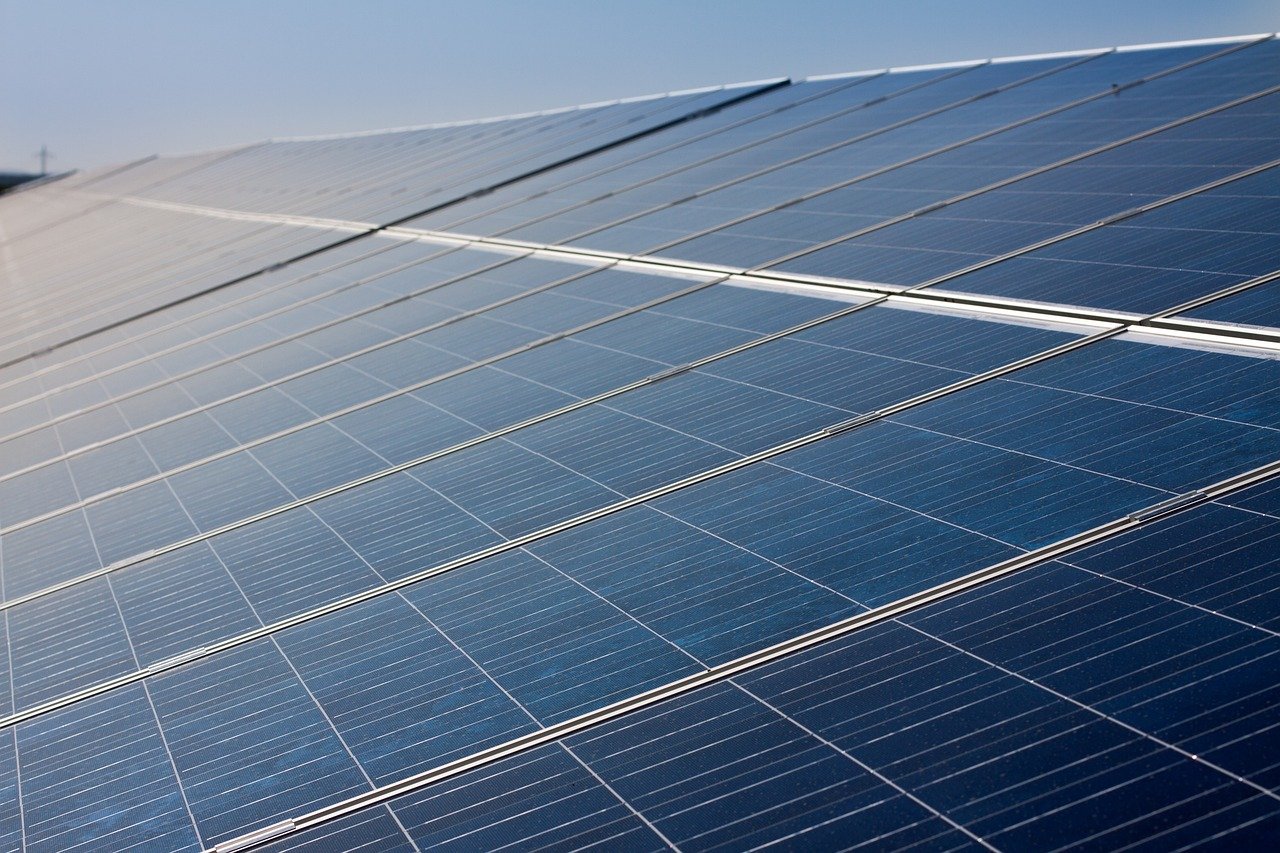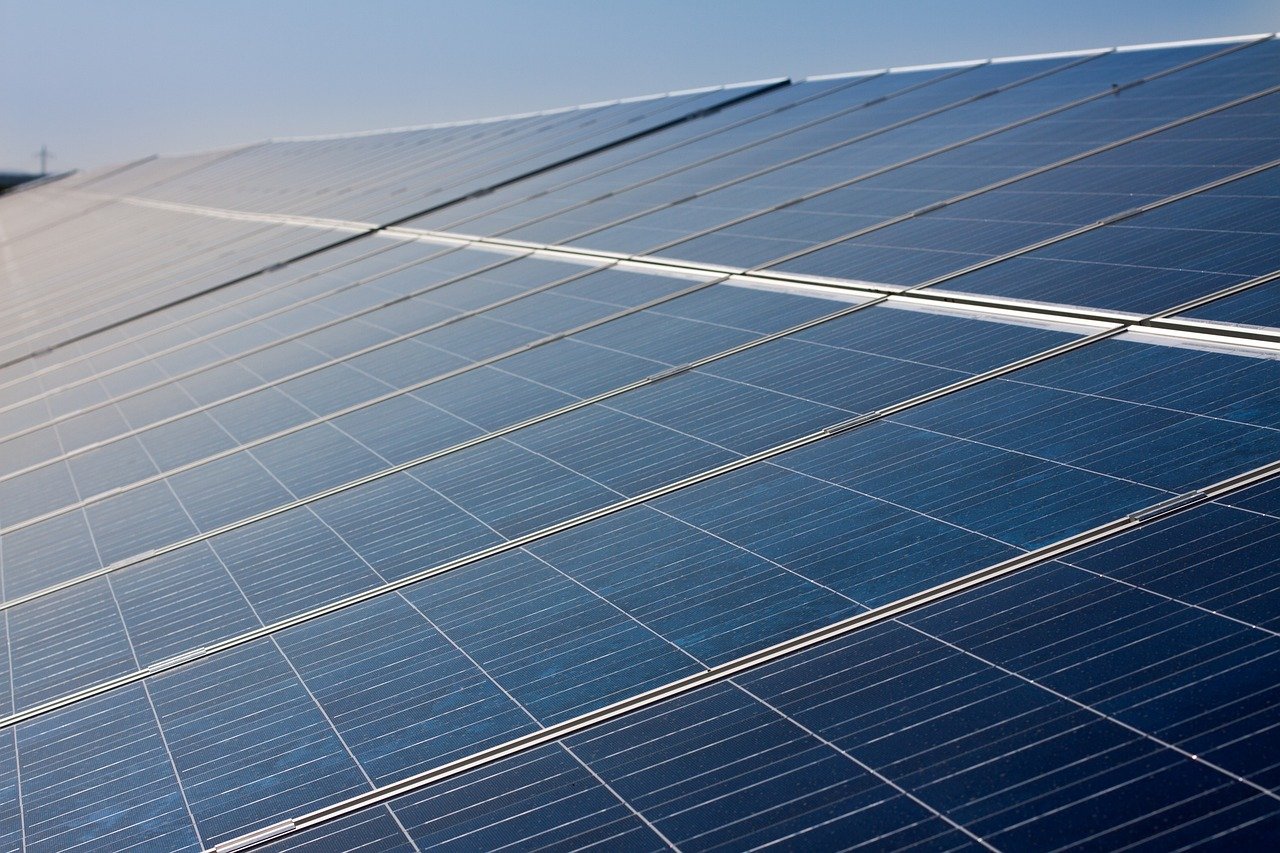Are you pondering about harnessing the energy from the sun to power your home? You might be asking yourself if your roof needs to face south to reap the optimal benefits of solar power. In this helpful guide, we’ll explore how the orientation of your roof can impact the efficiency of your solar panels, and whether a south-facing roof is indeed a requirement. Drawing upon expert opinions and scientific facts, this article will debunk myths, sift through misconceptions, and provide clarity, so you can make the most informed and beneficial decision for your energy needs.
Understanding the Importance of Roof Orientation
Why roof orientation matters
First of all, why does roof orientation even matter? The answer lies in the path the sun follows in the sky each day. Depending on your roof’s orientation, certain parts of your roof receive more sunlight than others at different times of the day. This uneven distribution of sunlight will affect the efficiency of any solar panels installed on your roof, so it’s important to understand the orientation of your roof before deciding on any solar installation plans.
Directional perspectives of different roofs
Consider a north-facing roof in the northern hemisphere, for example. It receives the least sunlight of all roof orientations because the sun doesn’t pass directly overhead. In contrast, a south-facing roof receives the most sunlight because the sun travels across the southern part of the sky. East and west-facing roofs fall somewhere in between, with the east-facing side getting more morning sun and the west-facing side basking in the afternoon and evening sunlight.
The Ideal Roof Orientation for Solar Panels
Deciphering the ‘South-Facing’ myth
You’ve probably heard that for optimal solar panel performance, a south-facing roof is necessary. While it’s true that south-facing roofs can receive the most sunlight, it doesn’t necessarily mean they’re the only suitable option for solar panels. The angle of the panels and local climate factors, for example, also play a big role in solar efficiency.
Solar panel positioning according to geographies
Geographical variations can also impact how your solar panels perform. If you live closer to the equator, a flat roof might work perfectly well, because the sun is often directly overhead. But if your home is located further north or south, a steeper rooftop angle, facing the equator, might be better for catching more sun rays.

The Advantages of a South-Facing Roof
Highest solar gain
South-facing roofs do have a number of advantages when it comes to solar power. One of the biggest benefits is their potential for high solar gain. Because these roofs get the most sunlight, they often also see the highest solar gains over the course of a day.
Peak power production
peak power production is another advantage of south-facing roofs. Since the greatest concentration of sunlight strikes these roofs around midday, that’s when your solar panels will produce the most energy. This can be particularly beneficial since it coincides with peak electricity usage periods in many homes.
Energy efficiency of south-facing roofs
Thanks to high solar gains and peak power production, south-facing roofs tend to be the most energy-efficient option for solar panels. This can lower your energy bills and reduce your environmental impact, making it a win-win solution!
Limitations of South-Facing Roofs
Seasonal variability
But even south-facing roofs have their limitations. Seasonal changes in the sun’s position can affect how much sunlight your solar panels receive. In the winter, for example, the sun is lower in the sky which means less energy is generated by your panels.
Shadow and obstruction issues
Shadows cast by nearby buildings, trees, or other tall structures can cause obstructions, reducing the performance of your solar panels. If your south-facing roof is heavily shaded, it may not be the best choice for a solar installation.
Lack of space or optimal tilt
Limited roof space or an improper tilt angle can also limit a solar panel’s effectiveness. While you can’t do much about the size of your roof, the tilt can be adjusted with solar racking systems, but these can add to your overall installation costs.

Alternatives to South-Facing Roofs for Solar Panel Installation
East and West-facing roofs
If a south-facing roof isn’t an option for you, don’t worry! East or west-facing roofs can still be a good choice for solar panels. While they may not get as much sunlight over the course of a day, they can still be effective especially if they are angled to maximize exposure to the sun.
Non-optimal orientations and solar technologies
Recent solar technologies have become more advanced and are able to work efficiently even in non-optimal orientations. In this case, though you might not get as much energy as you would with a south-facing roof, you can still generate a substantial amount of power.
Solar tracking systems
Solar tracking systems are another viable alternative to south-facing roofs. These track the sun’s path across the sky, allowing your solar panels to soak up as much sunlight as possible. While typically more expensive, they can greatly boost your solar panels’ efficiency.
Evaluating Solar Potential with Roof Assessment
What is roof assessment?
So, how can you tell how well your roof would perform with solar panels? That’s where a roof assessment comes in. This process typically involves a professional evaluating the suitability of your roof for a solar system. They’ll consider factors like your roof’s orientation, tilt, and shading, as well as local climate.
Factors influencing solar potential – roof material, roof condition, roof age
Your roof’s material, condition, and age can also greatly influence your solar potential. Some materials are more suitable for solar installations than others, and a damaged or old roof may need repairs before solar panels can be safely installed.

Improving Solar Efficiency on Non-South Facing Roofs
Optimizing tilt and angle
If your roof isn’t south-facing, you can still optimize your solar panel’s efficiency by adjusting their tilt and angle. Ideally, panels should be installed at an angle that’s equivalent to your latitude. This helps them catch the most light over the course of a day.
Using adjustable mounts
Adjustable mounts can help you optimize the tilt and angle of your panels, increasing their efficiency. While more expensive than fixed mounts, they can significantly boost your solar gains in the long run.
Utilizing microinverters and power optimisers
Microinverters and power optimisers are another great way to enhance solar efficiency. These devices help maximise the energy production of individual panels, making it possible for panels on non-south facing roofs to still perform well.
The Role of Local Climate and Latitude
Importance of local weather patterns
Local climate plays a crucial role in solar panel performance. If you happen to live in an area with a lot of cloudy or rainy days, for instance, your panels may not generate as much electricity as they would in sunnier climates.
How latitude impacts solar panel performance
Your latitude can significantly impact your solar panel’s effectiveness. The sun is at a higher angle in the sky for those living closer to the equator, which means their panels can catch more sunlight than those further north or south.
Making the Decision: Do You Need a South-Facing Roof?
Weighing the pros and cons
In conclusion, while south-facing roofs can provide the highest solar gains, they aren’t your only option. East and west-facing roofs, as well as flat roofs, can still host efficient solar panel systems with the help of advanced technologies and clever installation strategies.
Taking your specific circumstances into account
When making a decision, consider your unique circumstances – your roof’s shape, size, angle, and any potential obstructions. Remember that professional roof assessment can provide clarity on whether your roof is a good fit for a solar panel installation.
Harnessing the Power of Solar Energy Beyond Roof Orientation
Importance of solar panel quality
Aside from roof orientation, the quality of your solar panels is crucial. High-quality panels are more efficient and durable, which can translate into more energy savings over time.
The role of proper installation
Proper installation plays a huge role in maximizing your solar panel’s efficiency. Poorly installed panels can lead to energy losses, damage, and other problems, so always hire a professional installer to ensure the job is done right.
Maintenance and post-installation services
Finally, remember that regular maintenance of your solar panels is essential. Keep them clean and free of any debris, and seek professional help if you notice any issues. By maintaining your panels well and leveraging post-installation services offered by many solar companies, you can maximize your solar gains, whatever your roof’s orientation may be. Combine all these strategies and tips, and embracing solar energy can become a successful venture for you.
